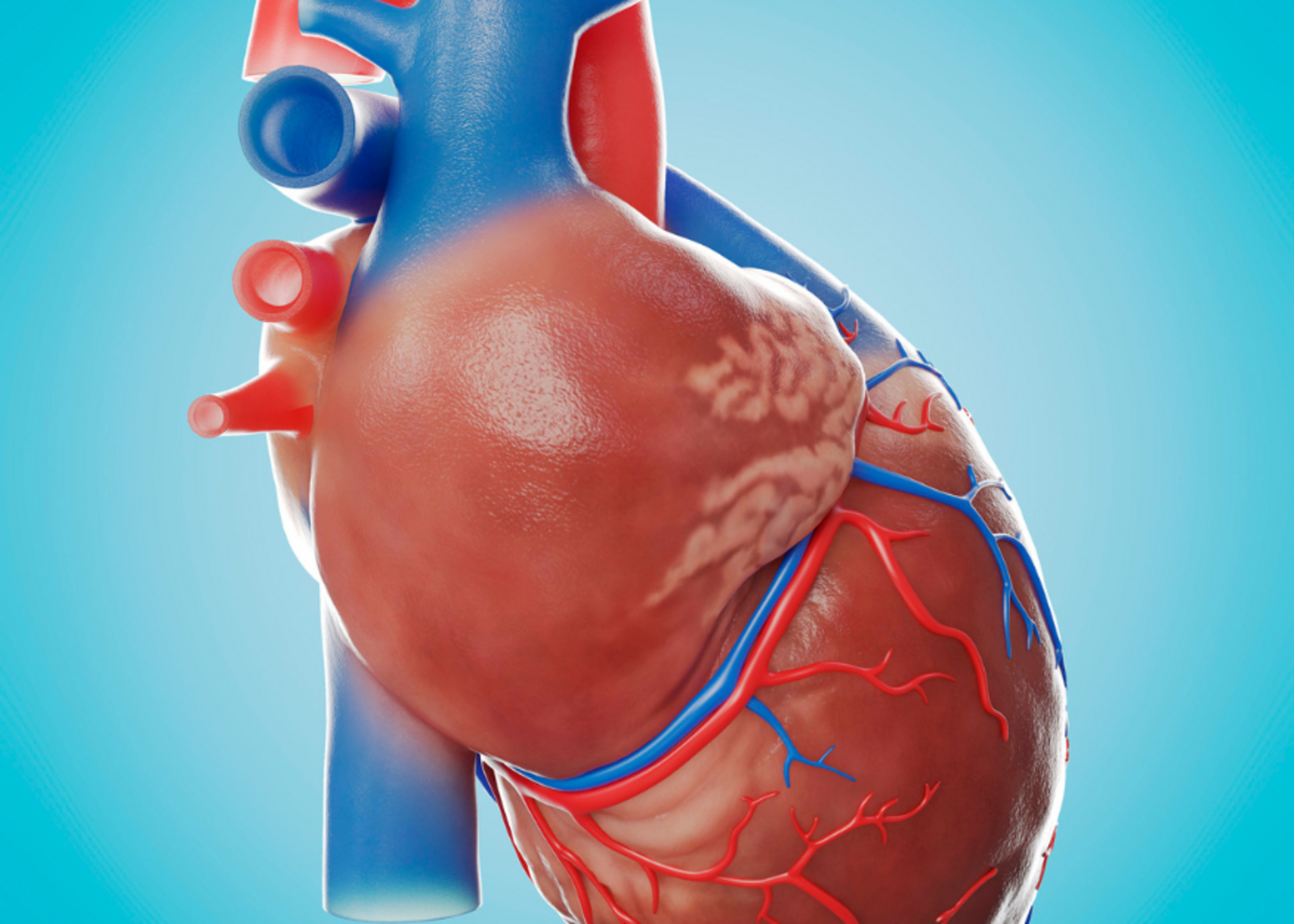Pulmonary veins play a vital role in carrying oxygen-rich blood from the lungs to the heart. Any blockage in these veins can severely affect the flow of blood, leading to serious complications such as shortness of breath, fatigue, arrhythmias, and even heart failure. Thankfully, with modern cardiology techniques, pulmonary vein blockage can be effectively diagnosed and treated through minimally invasive procedures.
As a Consultant Interventional Cardiologist practicing in Latur, Dr. Mehul Rathod emphasizes the importance of early diagnosis and timely removal of pulmonary vein blockages to prevent life-threatening complications.

What Is Pulmonary Vein Blockage?
Pulmonary vein blockage refers to a narrowing or obstruction in one or more of the veins that return oxygenated blood from the lungs to the left atrium of the heart. This blockage can occur due to:
Pulmonary vein stenosis (narrowing of the vein)
Scar tissue formation after procedures like catheter ablation for atrial fibrillation
Congenital anomalies (present from birth)
Tumors or external compression
Left untreated, this can lead to increased pressure in the lungs (pulmonary hypertension), reduced oxygen supply to the body, and heart rhythm abnormalities.
Symptoms of Pulmonary Vein Blockage
Symptoms may vary depending on the severity of the blockage and how many veins are involved. Common signs include:
Difficulty breathing, especially on exertion
Fatigue and weakness
Chest pain or tightness
Irregular heartbeat (arrhythmia)
Cough, sometimes with blood
Dizziness or fainting spells
These symptoms can often be mistaken for other heart or lung conditions. Hence, a detailed cardiac evaluation is essential.
Diagnosis of Pulmonary Vein Obstruction
Dr. Mehul Rathod and his team use advanced imaging and diagnostic tools to identify pulmonary vein blockages accurately. These may include:
Echocardiography (2D and Doppler) to assess heart function and blood flow
CT Angiography or MRI to visualize vein structure and locate the blockage
Pulmonary vein angiography, an interventional imaging technique
Electrophysiological studies, especially if associated with arrhythmias
Treatment: Pulmonary Vein Blockage Removal
The treatment goal is to restore normal blood flow from the lungs to the heart and prevent complications. In many cases, interventional procedures are preferred over open surgery due to their precision and shorter recovery time.
1. Balloon Angioplasty
This procedure involves inserting a small balloon into the narrowed segment of the pulmonary vein. Once in place, the balloon is inflated to widen the vein and improve blood flow. It’s often the first step in restoring vein patency.
2. Pulmonary Vein Stenting
In cases where the vein narrows again (restenosis) after angioplasty, a stent (a small mesh-like tube) is placed to keep the vein open permanently. This technique is commonly used in cases of recurrent stenosis or after complications from atrial fibrillation ablation procedures.
3. Surgical Intervention
Though rarely needed, surgical correction may be required for complex cases or congenital defects. This may involve reconstruction or bypass of the affected vein.
Post-Procedure Care and Monitoring
After the procedure, patients are closely monitored with:
Regular follow-up imaging to check for restenosis
Anticoagulant medications to prevent clot formation
Heart rhythm monitoring, especially if atrial fibrillation is present
Lifestyle modifications, including a heart-healthy diet, exercise, and smoking cessation
Why Early Intervention Matters
Ignoring the symptoms or delaying treatment can lead to complications like:
Pulmonary hypertension
Right heart strain or failure
Severe arrhythmias
Reduced oxygen supply to vital organs
Early diagnosis and timely interventional care by an experienced cardiologist like Dr. Mehul Rathod can significantly improve outcomes and quality of life.
When to Consult an Interventional Cardiologist?
You should consult a cardiologist if you experience:
Persistent shortness of breath
Chest discomfort or irregular heartbeat
Unexplained fatigue
Symptoms worsening with activity
These signs may indicate an underlying vascular or structural heart issue, including pulmonary vein blockage.
Expert Pulmonary Care in Latur
At Dr. Mehul Rathod’s Interventional Cardiology Clinic in Latur, patients benefit from advanced diagnostic tools, expert evaluation, and minimally invasive solutions for complex heart and vascular problems. Whether it's pulmonary vein blockage removal or comprehensive cardiac care, the focus remains on patient safety, accuracy, and long-term wellness.
Read More:
Pacemaker | Dr. Mehul Rathod